Studies show that humans have among the most precise and subtle awareness of both musical tonality and ‘beat’, or rhythm.
The evolution of beat perception likely unfolded gradually among primates, reaching its pinnacle in humans.

Studies show that humans have among the most precise and subtle awareness of both musical tonality and ‘beat’, or rhythm.
The evolution of beat perception likely unfolded gradually among primates, reaching its pinnacle in humans.

New research reveals key factors behind the changing sizes of certain animals over time, challenging traditional evolutionary theories with its findings on species ’ size variations.
The mystery behind why Alaskan horses, cryptodiran turtles, and island lizards shrunk over time may have been solved in a new study.
The new theoretical research proposes that animal size over time depends on two key ecological factors: the intensity of direct competition for resources between species, and the risk of extinction from the environment.

One of the fundamental and timeless questions of life concerns the mechanics of its inception. Take human development, for example: how do individual cells come together to form complex structures like skin, muscles, bones, or even a brain, a finger, or a spine?
Although the answers to such questions remain unknown, one line of scientific inquiry lies in understanding gastrulation — the stage at which embryo cells develop from a single layer to a multidimensional structure with a main body axis. In humans, gastrulation happens around 14 days after conception.
It’s not possible to study human embryos at this stage, so researchers at the University of California San Diego, the University of Dundee (UK), and Harvard University were able to study gastrulation in chick embryos, which have many similarities to human embryos at this stage.
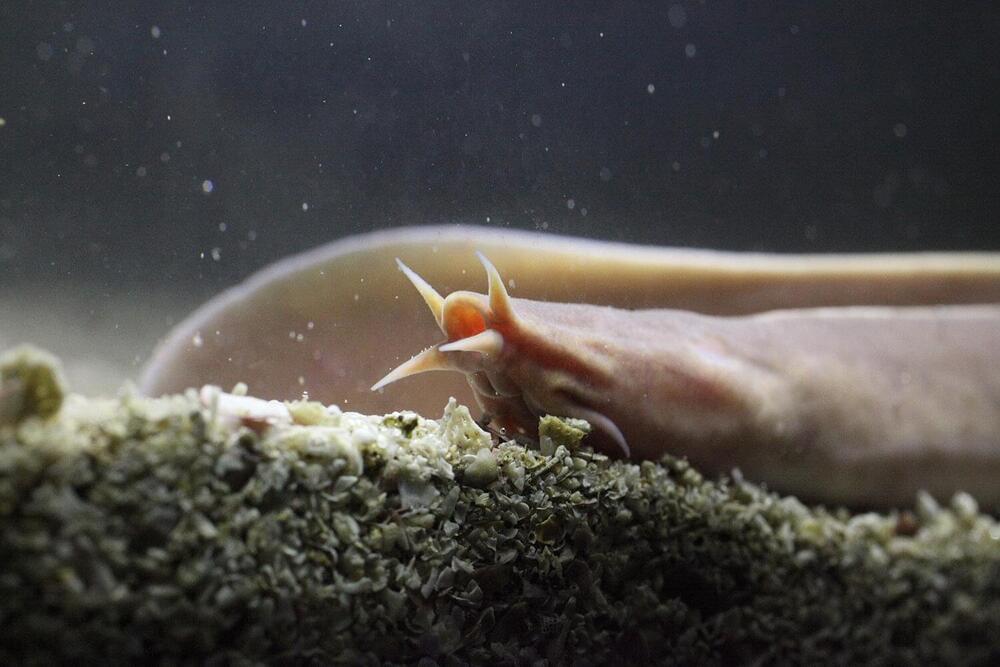
An international scientific team including more than 40 authors from seven different countries, led by a researcher at the University of Malaga Juan Pascual Anaya, has managed to sequence the first genome of the myxini, also known as hagfish, the only large group of vertebrates for which there has been no reference genome of any of its species yet.
This finding, published in the journal Nature Ecology & Evolution, has allowed for deciphering the evolutionary history of genome duplications that occurred in the ancestors of vertebrates, a group that includes humans.
“This study has important implications in the evolutionary and molecular field, as it helps us understand the changes in the genome that accompanied the origin of vertebrates and their most unique structures, such as the complex brain, the jaw and the limbs,” explains the scientist of the Department of Animal Biology of the UMA Pascual Anaya, who has coordinated the research.
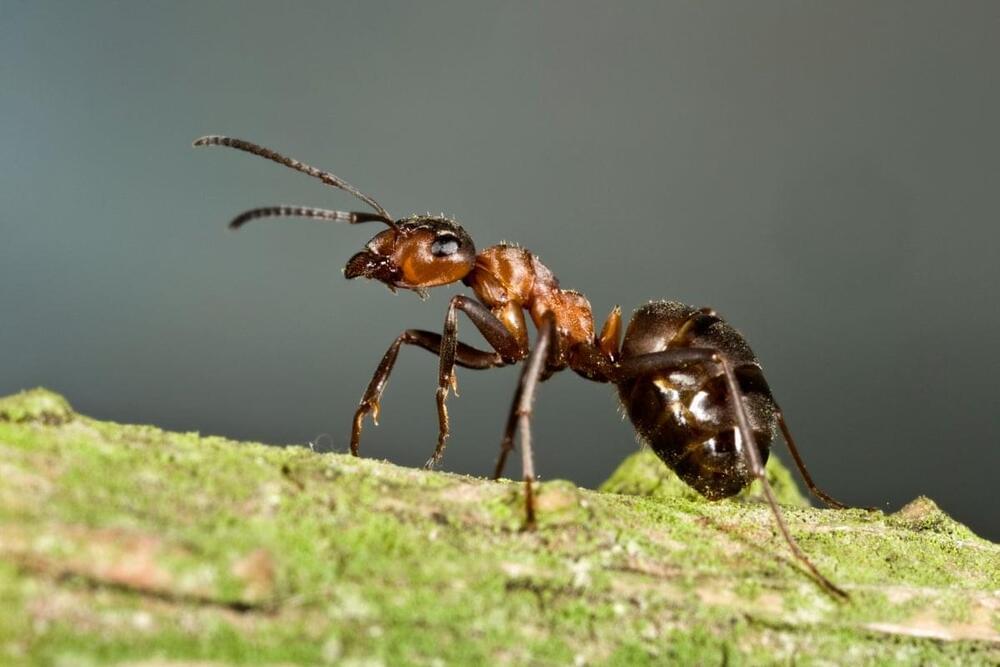

New Compounds for Organometallic Chemistry – Sandwich Complexes in the Form of Rings Are Kept Together by Their Own Energy.
Sandwich compounds are special chemical compounds used as basic building blocks in organometallic chemistry. So far, their structure has always been linear. Recently, researchers of Karlsruhe Institute of Technology (KIT) and the University of Marburg were the first to make stacked sandwich complexes form a nano-sized ring. Physical and other properties of these cyclocene structures will now be further investigated.
Evolution of Sandwich Complexes.
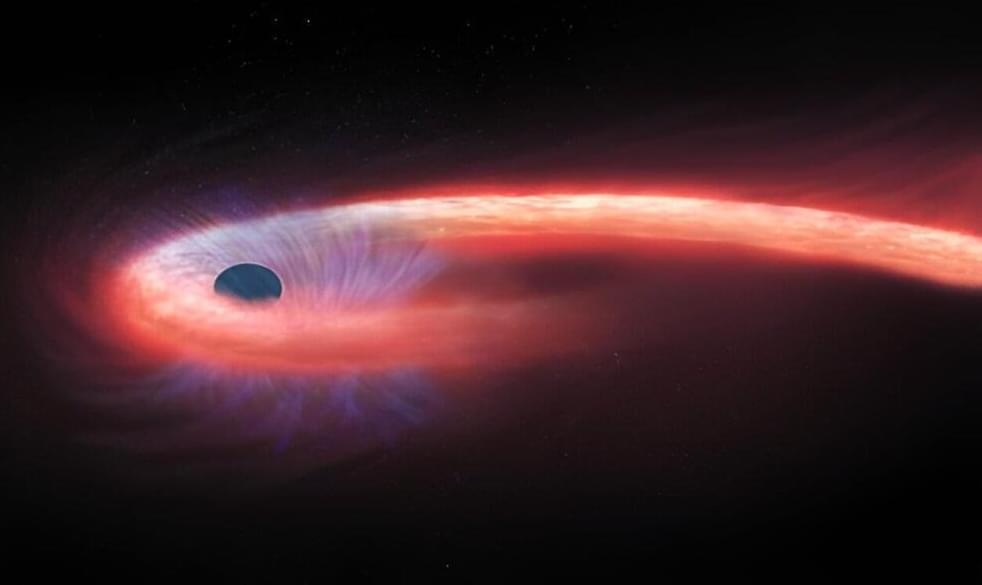
Using a spectral synthesis code designed to simulate conditions in interstellar matter, astronomers have explored a faint tidal disruption event (TDE) designated iPTF16fnl. Results of the study, published Dec. 29 on the pre-print server arXiv, deliver important insights into the properties of this TDE.
TDEs are astronomical phenomena that occur when a star passes close enough to a supermassive black hole and is pulled apart by the black hole’s tidal forces, causing the process of disruption. Such tidally-disrupted stellar debris starts raining down on the black hole and radiation emerges from the innermost region of accreting debris, which is an indicator of the presence of a TDE. All in all, the debris stream-stream collision causes an energy dissipation, which may lead to the formation of an accretion disk.
Therefore, TDEs are perceived by astronomers as potentially important probes of strong gravity and accretion physics, providing answers about the formation and evolution of supermassive black holes.
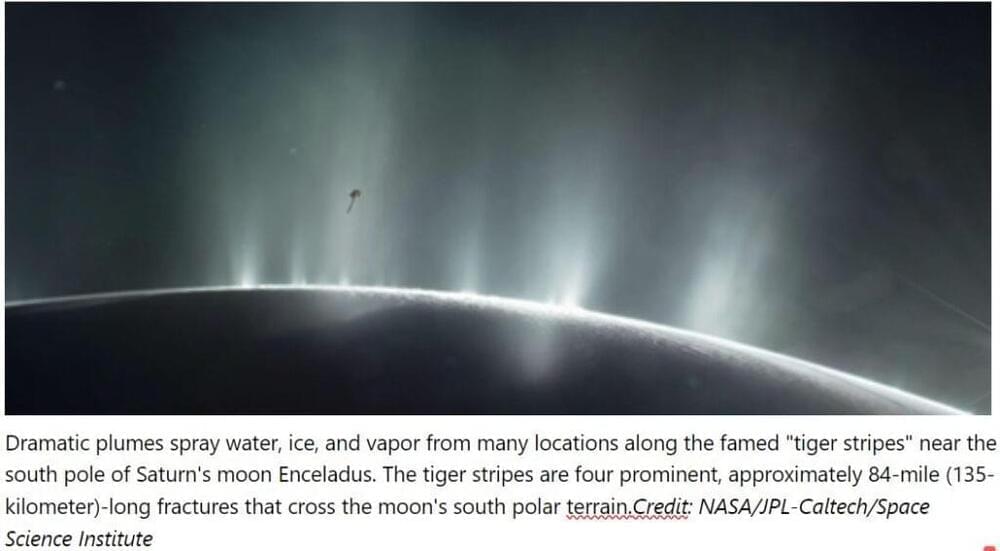
For decades, science fiction authors have imagined scenarios in which life thrives on the harsh surfaces of Mars or our moon, or in the oceans below the icy surfaces of Saturn’s moon Enceladus and Jupiter’s moon Europa. But the study of habitability—the conditions required to support and sustain life—is not just confined to the pages of fiction. As more planetary bodies in our solar system and beyond are investigated for their potential to host conditions favorable to life, researchers are debating how to characterize habitability.
While many studies have focused on the information obtained by orbiting spacecraft or telescopes that provide snapshot views of ocean worlds and exoplanets, a new paper emphasizes the importance of investigating complex geophysical factors that can be used to predict the long-term maintenance of life. These factors include how energy and nutrients flow throughout the planet.
“Time is a crucial factor in characterizing habitability,” says Mark Simons, John W. and Herberta M. Miles Professor of Geophysics at Caltech. “You need time for evolution to happen. To be habitable for a millisecond or a year is not enough. But if habitable conditions are sustained for a million years, or a billion…? Understanding a planet’s habitability takes a nuanced perspective that requires astrobiologists and geophysicists to talk to each other.”
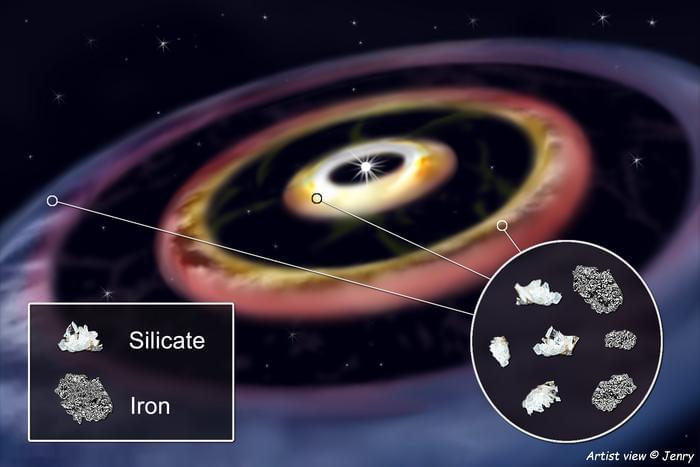
“We think that the HD 144,432 disk may be very similar to the early Solar System that provided lots of iron to the rocky planets we know today,” said Dr. Roy van Boekel.
How did our solar system form and is this process similar in other solar systems throughout the universe? This is what a study published today in Astronomy & Astrophysics hopes to figure out as a team of international researchers used data from the European Southern Observatory’s (ESO) Very Large Telescope Interferometer (VLTI) to analyze the protoplanetary disk around HD 144,432, which is a young star located approximately 500 light-years from Earth. This study holds the potential to not only help researchers better understand the formation and evolution of solar systems, but also gain greater insight into how life could evolve in these systems, as well.
“When studying the dust distribution in the disk’s innermost region, we detected for the first time a complex structure in which dust piles up in three concentric rings in such an environment,” said Dr. Roy van Boekel, who is a scientist at the Max Planck Institute for Astronomy (MPIA) and one of more than three dozen co-authors on the study. “That region corresponds to the zone where the rocky planets formed in the Solar System.”
For context in terms of the distance between the three rings, the innermost ring orbits at the same distance as Mercury, the second farthest ring orbits at the same distance as Mars, and the farthest ring orbits at the same distance as Jupiter.
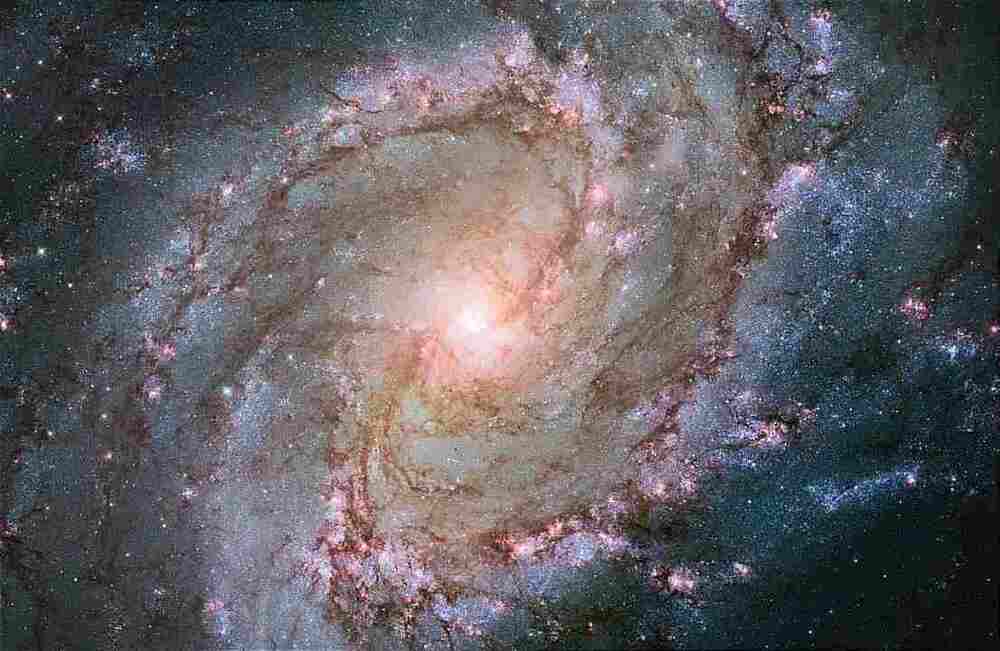
Darwin applied the theory of evolution to life on earth, but not to other massively complex systems like planets, stars, atoms and minerals. Now, an interdisciplinary group of researchers has identified a missing aspect of that theory that applies to essentially everything.
Their paper, “On the roles of function and selection in evolving systems,” published Oct. 16 in the Proceedings of the National Academy of Sciences, describes “a missing law of nature” that recognizes for the first time an important norm within the natural world’s workings. The new law states that complex natural systems evolve to states of greater patterning, diversity and complexity.
“This was a true collaboration between scientists and philosophers to address one of the most profound mysteries of the cosmos: why do complex systems, including life, evolve toward greater functional information over time?” said co-author Jonathan Lunine, the David C. Duncan Professor in the Physical Sciences and chair of astronomy in the College of Arts and Sciences.